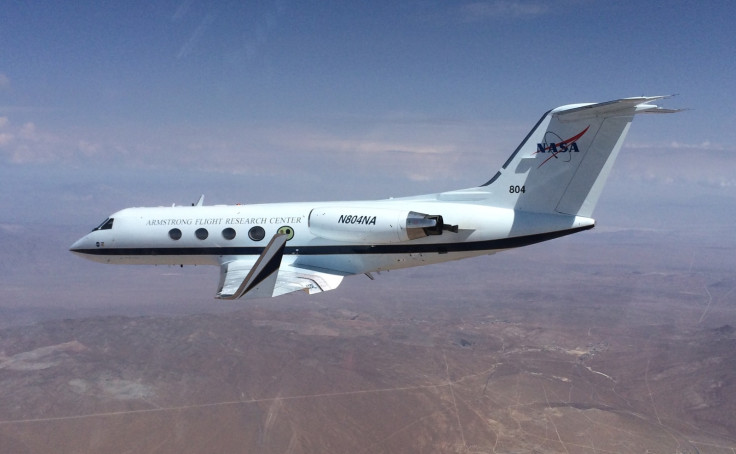Nasa successfully tests shape-changing wing design

Researchers at Nasa and the Air Force Research Laboratory (AFRL) have successfully completed tests on a new morphing wing technology that holds the potential to dramatically reduce fuel costs and aircraft noise.
The Adaptive Compliant Trailing Edge (ACTE) technology was developed at Nasa's Armstrong Flight Research Center in Edwards, California, and has been tested over the past six months.
ACTE technology can be retrofitted to existing aircraft wings to reduce the overall weight, thus holding the potential to save the aviation industry millions of dollars annually in fuel costs.
The flexible wings also serve to reduce aircraft noise during take-off and landing in order to lessen the impact of aviation on the environment.
"We are thrilled to have accomplished all of our flight test goals without encountering any significant technical issues," said AFRL program manager Pete Flick from Wright-Patterson Air Force Base in Ohio.
"These flights cap 17 years of technology maturation, beginning with AFRL's initial Phase 1 SBIR contract with FlexSys, and the technology now is ready to dramatically improve aircraft efficiency for the Air Force and the commercial aviation industry."
The first aircraft to be tested with ACTE was a Gulfstream III jet through AFRL and Nasa's Environmentally Responsible Aviation (ERA) project.
A further seven large-scale integrated technology demonstrations set up by ERA in 2015 to further develop ACTE.
"Armstrong's work with ACTE is a great example of how Nasa works with our government and industry partners to develop innovative technologies that make big leaps in efficiency and environmental performance," said Jaiwon Shin, associate administrator for Nasa's Aeronautics Research Mission Directorate at the agency's Washington headquarters
"This is consistent with the agency's goal to support the nation's leadership in the aviation sector."
© Copyright IBTimes 2025. All rights reserved.






















